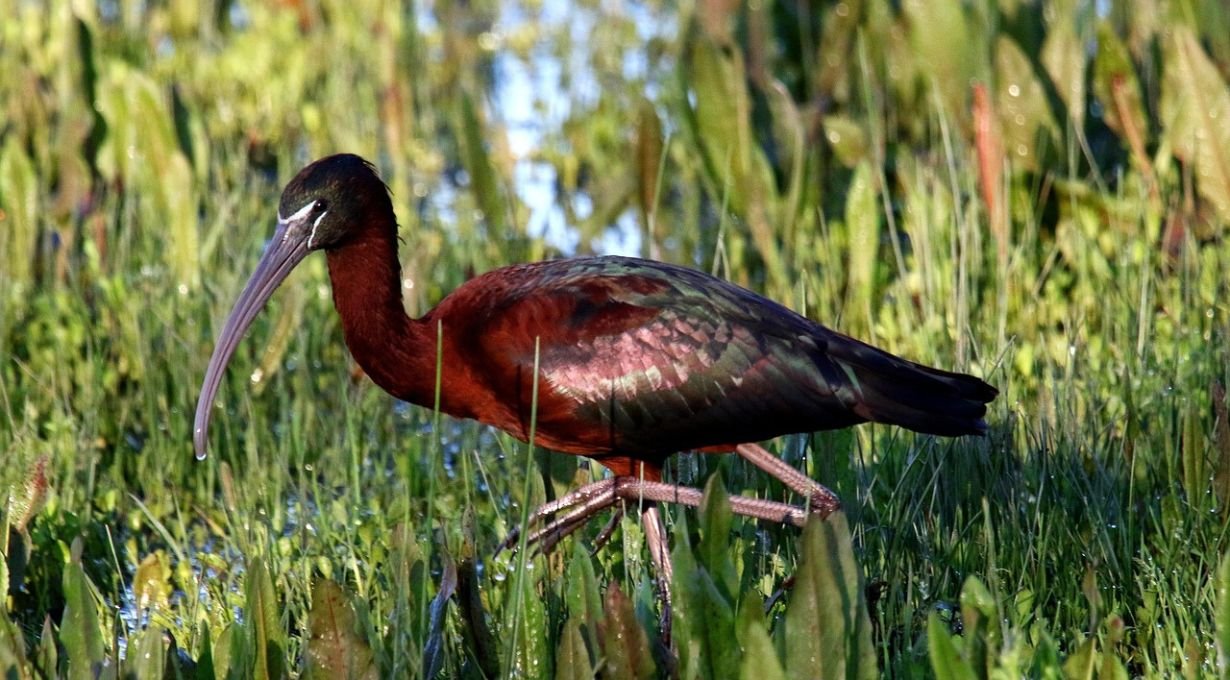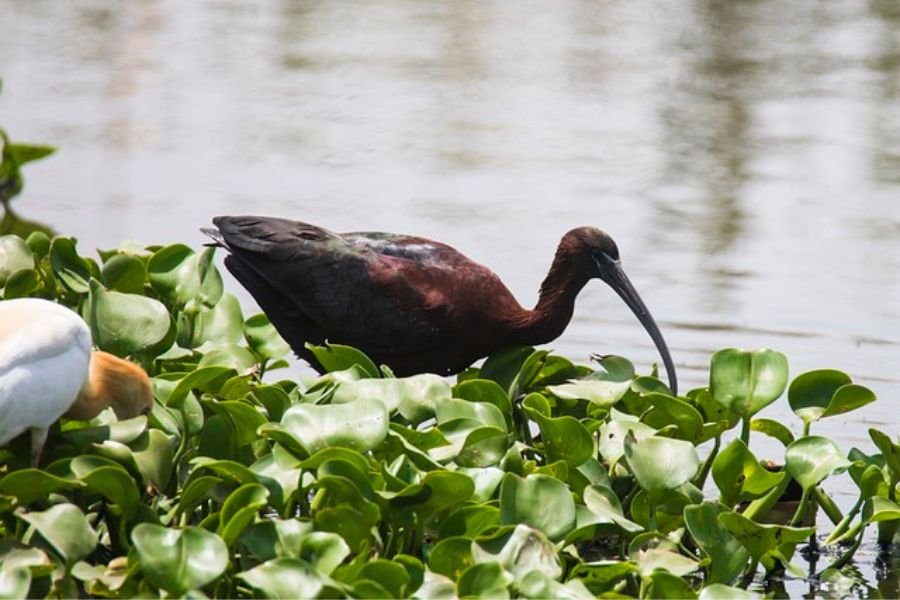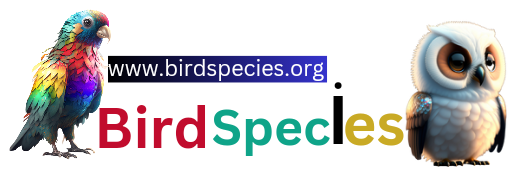
Ibises are unique wading birds found globally. In Alabama, you’ll spot two types: White Ibises and Glossy Ibises. They are known for their long, curved bills and stunning feathers.
White Ibises are common in Alabama. They hang out in coastal marshes, wetlands, and estuaries. They are social birds and are often seen in big groups.
Glossy Ibises are less common and prefer freshwater wetlands. They are not as social and are not often seen alone or in small groups.
Both play vital roles in the ecosystem, controlling insect populations and serving as prey for hawks and owls.
In this blog, I will explore the features, habitats, diets, and behaviors of White and Glossy Ibis in Alabama.
White Ibis in Alabama:

The White Ibis holds the title of being the predominant ibis species in Alabama. This medium-sized bird has a distinctive long, curved bill and a predominantly white body.
White Ibis in Alabama also has black wingtips, a red face, and red legs. White Ibises inhabit diverse ecosystems, such as coastal marshes, wetlands, and estuaries. Also, discover the 2 types of cranes in Alabama in 2024.
Their diet primarily consists of small fish, crustaceans, and insects. Look at their complete details:
- Habitat: White Ibises thrive in Alabama’s wetlands, including marshes, swamps, and coastal areas. They prefer shallow waters and can be spotted in both freshwater and saltwater habitats.
- Size: White Ibises are medium-sized birds, measuring around 22-27 inches (56-68 cm) in length, with a wingspan of about 36-41 inches (91-104 cm).
- Color: They are easily recognizable with their brilliant white plumage and distinctive long, downward-curved bills. During breeding, their faces and legs turn a vivid pinkish-red.
- Diet: White Ibises primarily feed on a diet of crustaceans, aquatic insects, small fish, and other aquatic prey. They use their specialized bills to probe and grasp food in shallow waters.
- Breeding Season: Breeding season for White Ibises in Alabama typically occurs from March to June. They build nests in colonies in trees, shrubs, or on the ground in wetland areas.
- Where to See: You can often find White Ibises in the Mobile-Tensaw Delta, along the Gulf Coast, and in various marshy and wetland areas throughout the state.
- Behavior: White Ibises are social birds, often seen foraging together in groups. Their distinctive long bills help them search for food in the mud and water. They are known for their graceful flight patterns, with outstretched wings and long necks.
Related: Discover Cranes in Alaska (2024)
Glossy Ibis in Alabama:

The Glossy Ibis is smaller compared to the White Ibis and is less frequently seen in Alabama. This bird features a dark, shimmering brown body with a hint of green.
It’s a long and curved bill that is black with a red tip. Glossy Ibises share habitats with White Ibises but prefer freshwater wetlands. Also, discover the 2 types of cranes in Michigan in 2024.
They dine on small fish, crustaceans, and insects. Here are the details about these birds:
- Habitat: Glossy Ibises are found in similar habitats to White Ibises, including wetlands, marshes, and flooded fields. They prefer shallow freshwater or brackish water habitats.
- Size: Slightly smaller than White Ibises, Glossy Ibises measure about 20-25 inches (51-64 cm) in length, with a wingspan of approximately 35-38 inches (89-97 cm).
- Color: Glossy Ibises have dark, iridescent plumage that can appear purplish, greenish, or bronze, depending on the lighting. They have long, curved bills that are usually brown.
- Diet: Their diet consists of small aquatic animals like crustaceans, insects, and amphibians. They use their specialized bills to probe and capture prey.
- Breeding Season: Glossy Ibises breed from April to June in Alabama. They often nest in colonies, constructing their nests in reeds, rushes, or low trees near water.
- Where to See: You can observe Glossy Ibises in various wetland areas across Alabama, especially during migration and breeding seasons.
- Behavior: Glossy Ibises are known for their probing behavior, where they use their long bills to search for food in muddy or shallow waters. They often forage in small flocks and can be seen wading gracefully through wetlands.
Where to Spot Ibises in Alabama
White Ibises: These birds are widespread across Alabama, with the Gulf Coast region being their primary habitat. You’ll encounter them in coastal marshes, wetlands, and estuaries.
Glossy Ibises: While less common in Alabama, Glossy Ibises can still be observed in the Gulf Coast region and certain inland wetlands.
Conclusion
In Alabama, you can find two striking Ibis species: the White Ibis and the Glossy Ibis. These birds not only look captivating but also play a vital role in nature by helping to keep insect and small animal populations in check.
If you’re interested in spotting ibises in Alabama, there are several places to explore. White Ibises are fairly common and can be seen in various settings like coastal marshes, wetlands, and estuaries. Glossy Ibises are rarer but can also be found in the Gulf Coast region and some inland wetlands.
If you’d like to attract ibises to your own backyard, consider creating a wetland-like environment or setting up a bird feeder stocked with various seeds. Ibises can add a touch of beauty and endless enjoyment to your outdoor space.
Resources:

